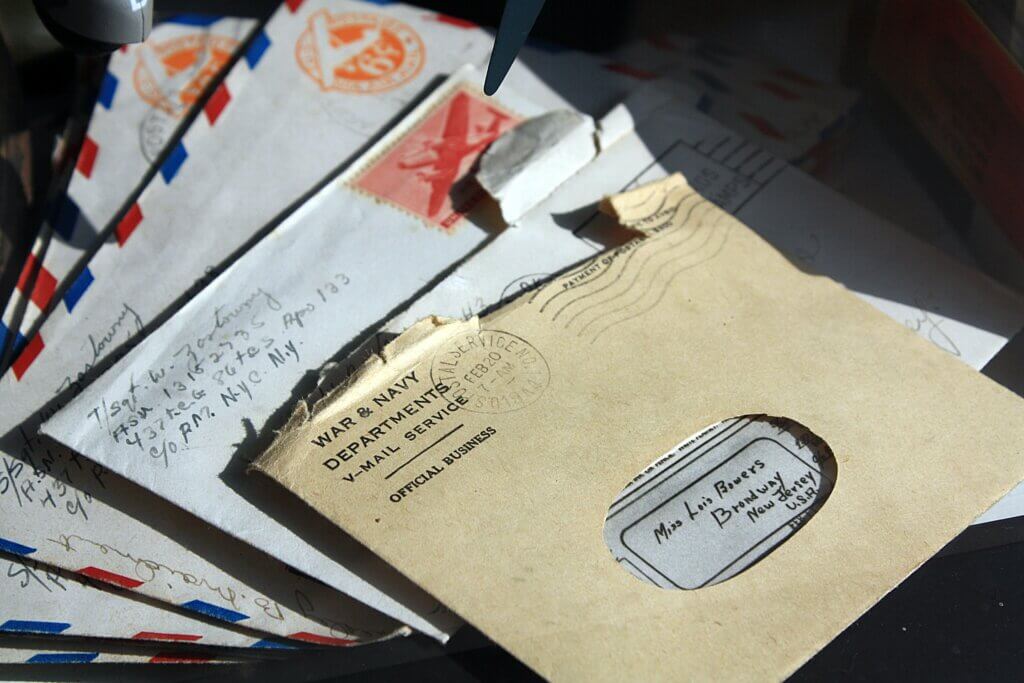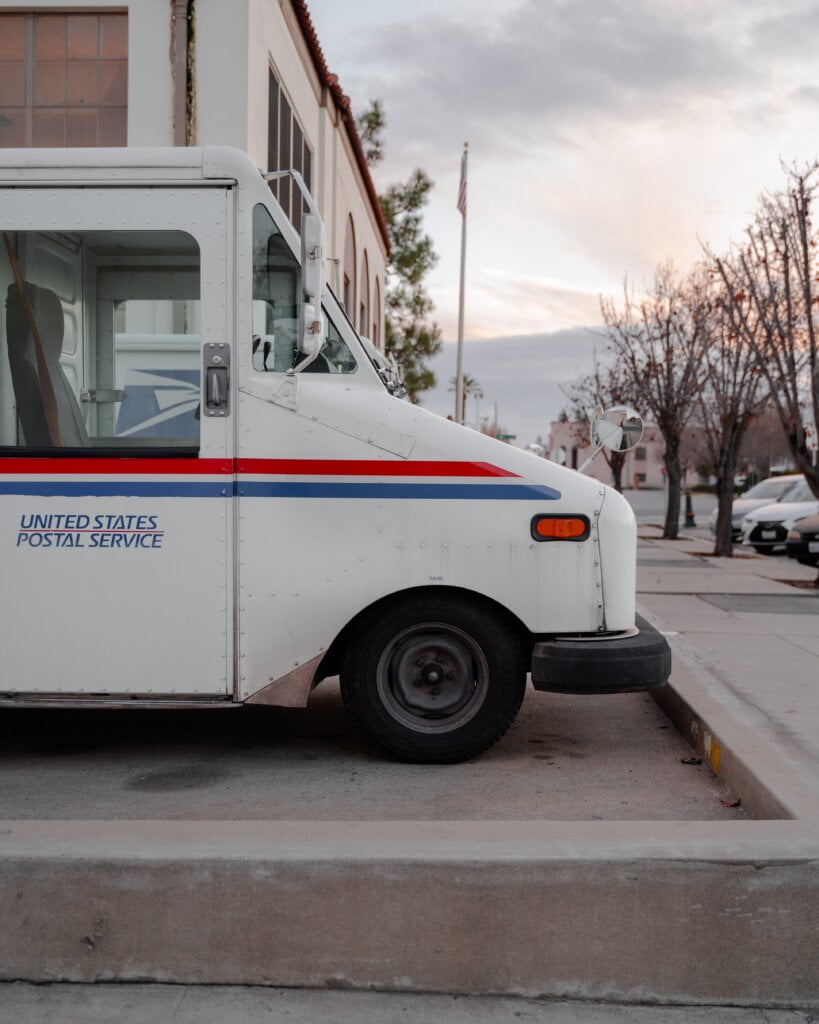INTRODUCTION
The Mail Design Professional (MDP) Program stands as the sole mailpiece design certification program endorsed by the United States Postal Service.This comprehensive curriculum provides a valuable opportunity for mail preparers aiming to elevate their proficiency in crafting letter-size and flat-size mail that adheres to USPS requirements, ultimately earning them recognition as certified Mailpiece Design Professionals. The program delves into crucial areas such as postal addressing standards, class of mail and processing categories, intelligent mail barcoding formats, and print specifications. Participants will gain expertise in designing automation letters, covering aspects like tabbing, polywrap, deflection, flexibility, and more. The curriculum also encompasses the intricacies of reply mail, including Business Reply Mail (BRM), Courtesy Reply Mail (CRM), Merchandise Return Service (MRM), Permit Reply Mail (PRM), and Meter Reply Service (MRS).
Key Topics
1. What are the Different Classes of USPS Mail?
2. A Note About USPS Postal Regulations
3. What are USPS Addressing Standards?
4. What are the USPS Mail processing categories?
5. What are USPS Flexibility Test and Deflection Standards?
6. What Mail is Eligible for USPS Nonprofit Marketing Mail?

1. USPS Classes of Mail
Priority Express Mail – Premium Service:
Priority Express Mail stands as a premium service renowned for its insurability and trackability. With deliveries available 365 days a year to most destinations, this service comes with a money-back guarantee. Notably, Priority Express Mail is automatically insured for $100 at no additional cost, offering both reliability and financial security.
First-Class Mail:
First-Class Mail encompasses a diverse range of items, including anything handwritten or typewritten, bills, statements of account, and any content containing personal information. Items sealed or closed to postal inspection fall under this category. An interesting facet is that Business Reply Mail (BRM) is consistently handled as First-Class Mail and is trademarked by the USPS.
Presorted First-Class Mail:
For Presorted First-Class Mail, presentations must occur at the Post Office where the permit is held. Mailings within this category should consist of a minimum of 500 individually addressed mailpieces within the same processing category. Mailers are required to presort their mail to the finest extent necessary for the claimed price. To benefit from discounted prices, mailers must update their mailing list using an approved USPS Move Update method within 95 days before mailing. Additionally, an annual presort fee must be paid in advance. Automation prices are available for Intelligent Mail barcode (IMb) First-Class Mail letters compatible with barcode sorter processing, and flat-size pieces must be compatible with automated postal processing equipment, bearing an Intelligent Mail barcode.
Non-Presorted First-Class Mail:
Metered Mail, representing single-piece non-presorted First-Class Mail letters, operates under its own pricing structure separate from other retail single-piece first-class mail. These rates apply when postage is affixed or imprinted by the mailer for Metered Indicia, PC, or Permit Imprint. No minimum volume is required, except for pieces paid by Permit Imprint, where a minimum of 200 pieces or 50 lbs would apply. These prices are applicable to residual pieces from automation or presorted First-Class Mail letter mailings presented in letter trays.
2. A Note About USPS Postal Regulations
I became well-versed in the complex and evolving regulations set forth by the USPS. These regulations dictated how mail must be designed and formatted for efficient processing and delivery. Throughout the learning process, I gained comprehensive knowledge, enabling me to navigate the intricate USPS standards and ensuring that the mailpieces I designed met the stringent criteria established by the postal service.
3. What are USPS Addressing Standards?
The modules covered addressing standards, covering font, size, and placement for precise mail delivery. Understanding the guidelines for a standard address, with its five essential lines, became pivotal. This knowledge is now a cornerstone, enabling me to craft mailpieces that meet USPS standards, ensuring accurate and efficient delivery.
Line 1 – reserved for non-address data such as a mailer’s keyline
Line 2 – is the attention line
Line 3 – where the recipient’s name is located
Line 4 – reserved for the delivery address
Line 5 – for the city, state, and zip code for delivery address

4. What are the USPS Mail processing categories?
Mailpieces fall into various processing categories such as letters, flats, machinable parcels, irregular parcels, and non-machinable parcels. The categorization is strictly based on the physical dimensions and characteristics of each mailpiece. This systematic approach ensures that the sorting and processing procedures align precisely with the unique attributes of each category, facilitating efficient mail handling throughout the postal system.
5. What are USPS Flexibility Test and Deflection Standards?
The deflection standards apply to all commercial flat-size mail, excluding Periodicals and Standard Mail® flats eligible for saturation and high-density flats prices, as well as basic carrier route flats drop-shipped to destination delivery units. Flexibility is a prerequisite for flat-size mail, along with adherence to maximum deflection standards. Notably, flat-size pieces designated as high-density or saturation carrier route items and basic carrier route pieces entered at destination delivery units (DDUs) are exempt from these deflection standards. Deflection, measuring the bending of a flat-size mailpiece, plays a crucial role in processing speed and system efficiency. For further details and instructions on the deflection test, refer to the USPS website.
6. What Mail is Eligible for USPS Nonprofit Marketing Mail?
Nonprofit marketing mail, categorized under marketing mail, adheres to the same preparation standards as regular USPS marketing mail mailings. Reserved exclusively for authorized nonprofit organizations by law, nonprofit marketing mail prices are a privilege extended solely to these entities. To qualify for nonprofit prices, organizations must exclusively use their own material and are prohibited from sending matter on behalf of unauthorized entities. Eligible organizations span a range, including religious, scientific, veterans, philanthropic, labor, educational, agricultural, fraternal, and qualified political committees (with restrictions), noting registration officials (with restrictions). Ineligible entities comprise automobile clubs, business leagues, chambers of commerce, citizens and civic improvement associations, and individuals. It is imperative that the organization’s identity is prominently displayed on the mailpiece, either on the outside or in a prominent location, and the return address must bear the organization’s name.

7. What is Critical to Maintain USPS Mailability?
Ensuring proper design and construction is crucial for mailpiece mailability. Any mailpieces failing to meet specified criteria are considered nonmailable, and there is no fee, surcharge, or additional postage that can render a nonmailable item mailable.
Dimensions and Shape:
Unless prepared as Customized Market Mail, mailpieces with a thickness of ¼” or less must adhere to specific requirements. They must be rectangular, at least 3-½” high, at least 5” long, and at least .007 inches thick.
Corners:
Letter-size flat-size mailpieces made of cardstock may feature finished corners with a radius not exceeding ⅛”.
Address, Orientation, and Dimensions:
The orientation of the address on a mailpiece typically determines its height and length for mailability. In letters, the length is parallel to the address, while the height is perpendicular. For flats and parcels, the length is always the longest dimension.
Parcels:
Parcels have the longest dimension referred to as “length,” and the girth is measured around the thickest part. All mailable matter must weigh no more than 70 lbs and must be no more than 108” in combined length and girth. USPS Ground advantage can measure up to 130” in combined length and girth.
8. What is the USPS Intelligent Mail Barcode??
The Intelligent Mail Barcode (IMb) marks the evolution of barcoding technology, serving as the next generation barcode specifically designed for sorting and tracking letters and flats. Its primary function lies in providing visibility within the mainstream postal system by uniquely identifying both the mail owner and individual mailpieces. Moreover, the intelligent mail tray and container barcodes play a crucial role in uniquely identifying their respective trays and containers, with the IMb encoding 65 bars representing 31 digits.
Obtaining a Mailer ID:
To acquire a Mailer ID (MID), customers can conveniently visit the Business Customer Gateway on USPS.com. The assignment of a 6-digit MID is for mailers with an annual volume exceeding 10 million mailpieces, while a 9-digit MID is designated for those with an annual volume below this threshold. MIDs are allocated to a central business location and can be utilized at any Business Mail entry office or business mail account, streamlining the identification process for efficient mail management.
Wrap It Up
The MDP program extends recognition to participants as certified Mailpiece Design Professionals, emphasizing proficiency in crucial areas such as addressing standards, class of mail, processing categories, intelligent mail barcoding formats, and more. With a focus on automation letters and reply mail intricacies, participants emerge equipped with the expertise needed to navigate the complexities of mail design within USPS guidelines.

